K-12 EDUCATION
A better way to manage student and staff devices.
Provide reliable access to ready-to-go mobile devices needed for high academic achievement – all while maintaining control of your time and tech budget.

Trusted by 15,000+ schools worldwide










Hardware asset management solutions that make a tangible difference in education.
70 Hours
Saved Every Year
Time saved every year in device distribution and collection per top-loading LocknCharge Cart with baskets vs. traditional cabinet-style cart.
80 %
Less Time Spent
Tech teams spend 80% less time managing forgotten, uncharged, and missing devices when automating hardware asset management with the FUYL™ Smart Locker System.
90 %
Smart Locker Customer Satisfaction
Customers who utilize the FUYL™ Smart Locker System are very satisfied overall.
25 Years
Serving Education
LocknCharge products have been trusted by schools worldwide for over 25 years.
SMART LOCKERS FOR SCHOOLS
Empower students and faculty to checkout a loaner device in under two minutes.
The FUYL Smart Locker System makes borrowing devices a breeze for adults and kids of all ages. Plus, tech teams can create loaner workflows, manage device users, track assets, and automate device assignments from just about anywhere via the FUYL Portal.
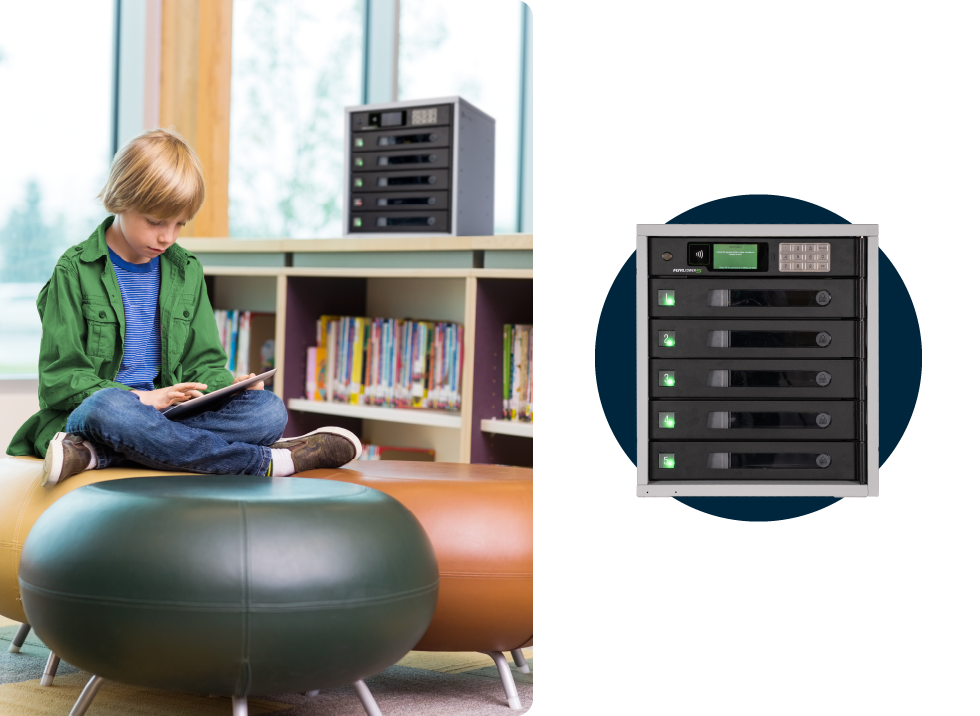
SMART LOCKERS FOR SCHOOLS
Maximize instructional time for students and staff experiencing device issues.
When a device breaks, staff and students of all ages can self-report their device issue via the the FUYL Kiosk, drop their broken device in a empty locker bay, and immediately access a working loaner device.
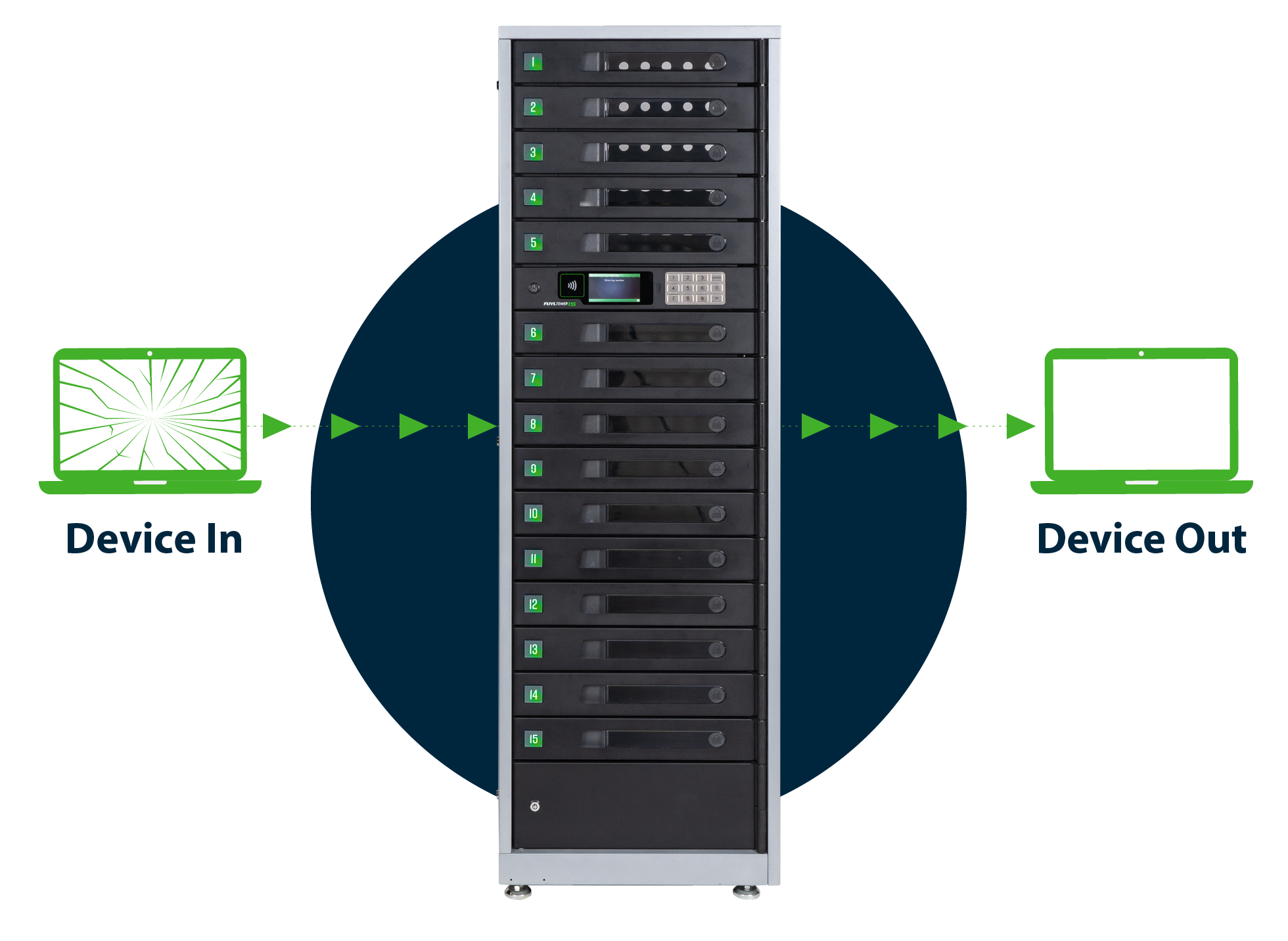
CLASSROOM CHARGING STATIONS & CHARGING CARTS
Flexible solutions for every program type, device type, and school environment.
With a wide variety of features, benefits, capacities, and configurations, feel confident that you’re selecting a product mix that aligns with your school or district’s top priorities.
SMART LOCKERS FOR STUDENT CHARGING
Enable students to securely charge their devices during the school day.
Chromebook, tablet, and laptop batteries don’t always last an entire school day – but with secure charging lockers in hallways, lunchrooms, etc., students can quickly charge their devices between classes.
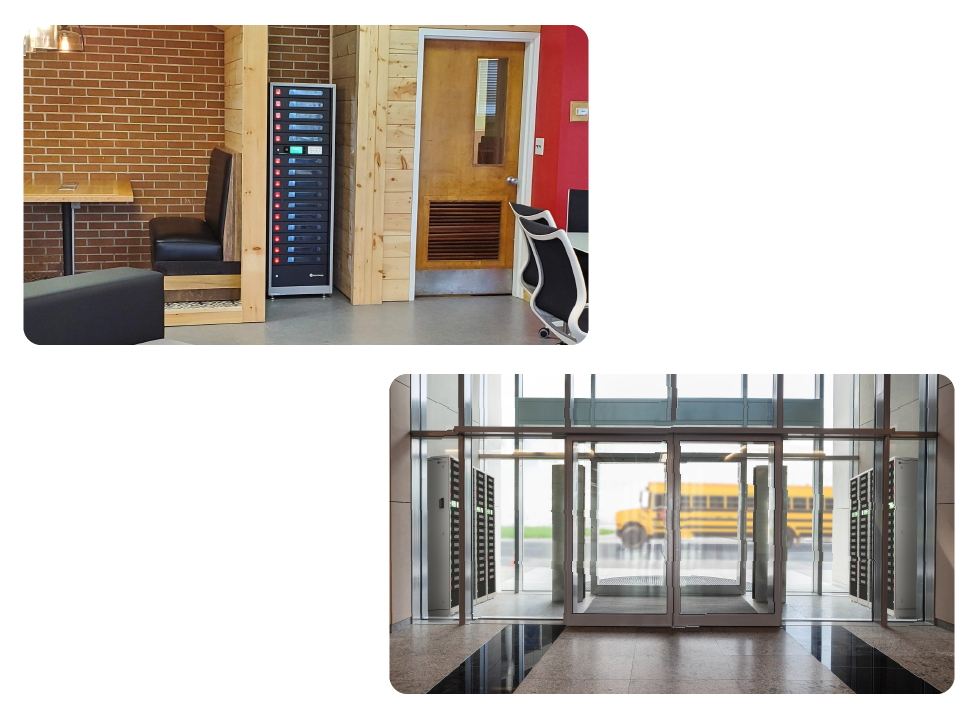
Achieve Meaningful Outcomes
Efficient smart lockers for schools and classroom charging stations will improve device management processes that are standing in the way of achieving your goals.
Automate Device Distribution and Collection
Provide students and faculty with self-serve access to devices while maintaining control and oversight.
Improve IT Response Times
Enable loaner or replacement device checkouts in a matter of minutes so students can get back to learning and staff can get back to working.
Remotely Manage Device Access
Tech teams can offer better IT support, even if they’re not physically present.
Hold Device Users Accountable
Track device loans and returns to lower rates of device breakage and shrinkage.
Stretch Tech Resources Further
Automate manual processes so you can work within a sustainable budget, while freeing up time to focus on your big-picture goals.
Empower Easy Device Access
Self-serve access to loaner or replacement devices provides students and employees with the tools they need to learn without interrupting others.
Maximize Device Uptime
Students and faculty with a broken device can get back to learning or working faster by checking out a loan or replacement in minutes.
Provide Secure, Individual Charging
Devices that need a top-off during the day or overnight can be securely charged without worry of theft or loss.
High-Value Benefits for Districts, Schools, and Classrooms
Built to last, backed by robust warranty
Feel confident that your schools' charging stations and charging carts will withstand the wear and tear of K-12 classrooms, while contributing less e-waste to the landfill.
Fast setup, easy maintenance
Lightning-fast setup, ease of serviceability, and world-class customer support are key reasons why schools choose LocknCharge.
Time-saving device baskets
Many of our charging solutions for education include handy little baskets for efficient and safe hand out and pack up of devices.
Space-saving, compact designs
No need to cram 10 lbs. of charging stations into a 5 lb. classroom. We’ve optimized our charging carts and stations for tight spaces.
USB-C prewired options available
Save time setting up your carts or stations by ordering it pre-wired with USB-C cables.
Smarter eco-friendly charging
EcoSafe and EcoSmart charging technology safely charge 20-40 devices without electrical overload or over-consuming energy.
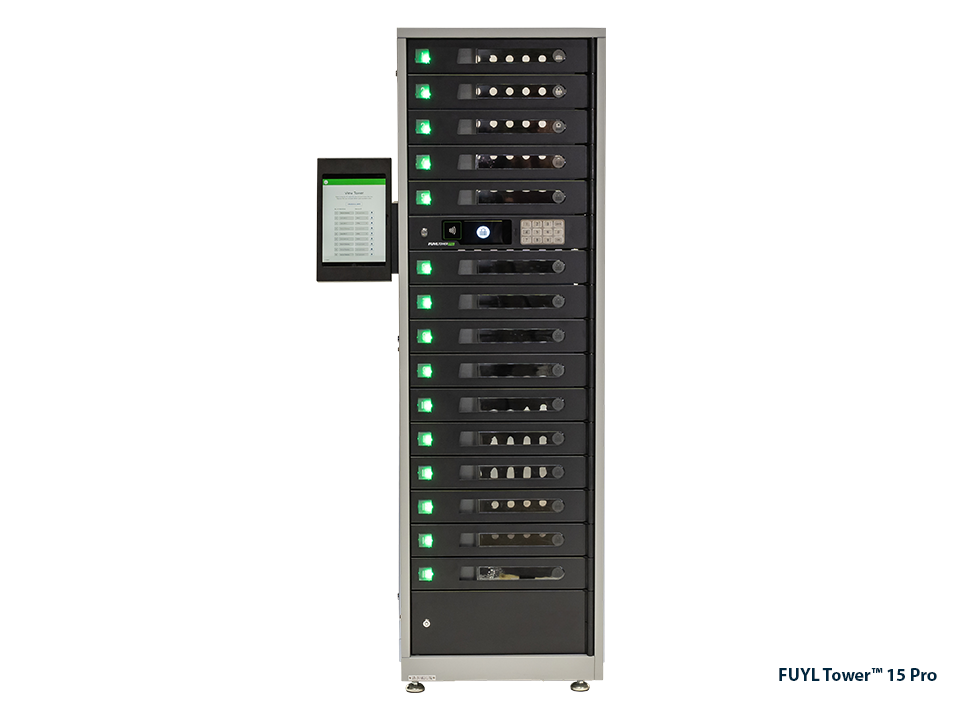
FUYL™ Smart Locker System | Enhanced
An easy-to-use Smart Locker System + Kiosk app for efficient hardware asset management.
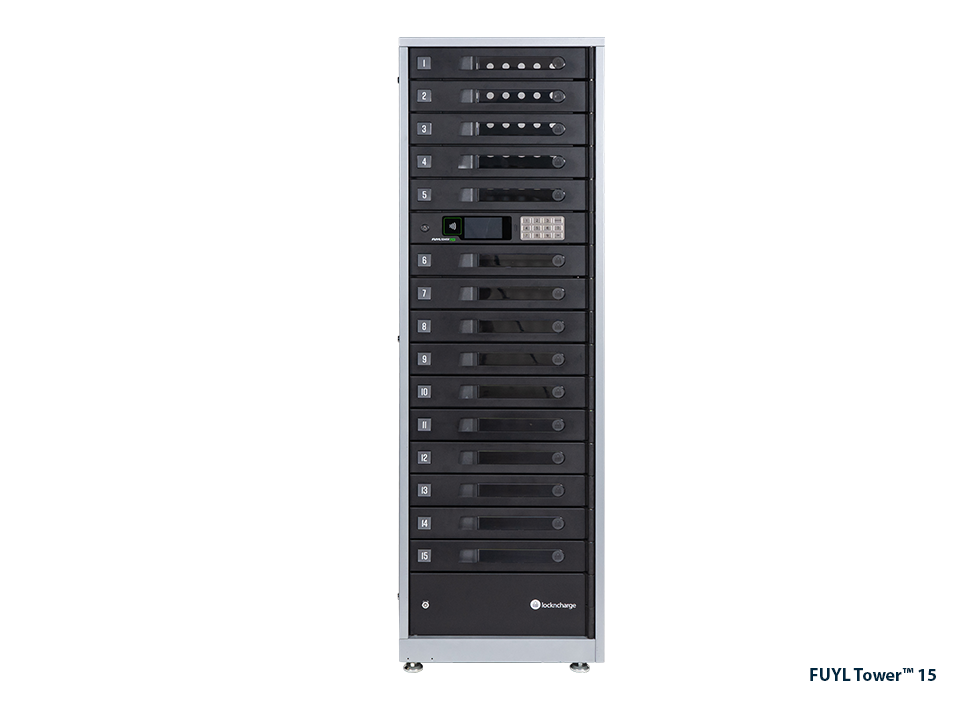
FUYL™ Smart Locker System | Classic
A flexible Smart Locker System for efficient hardware asset management.
Charging Carts for Education
Charge, store, secure, and transport 20-40 mobile devices.
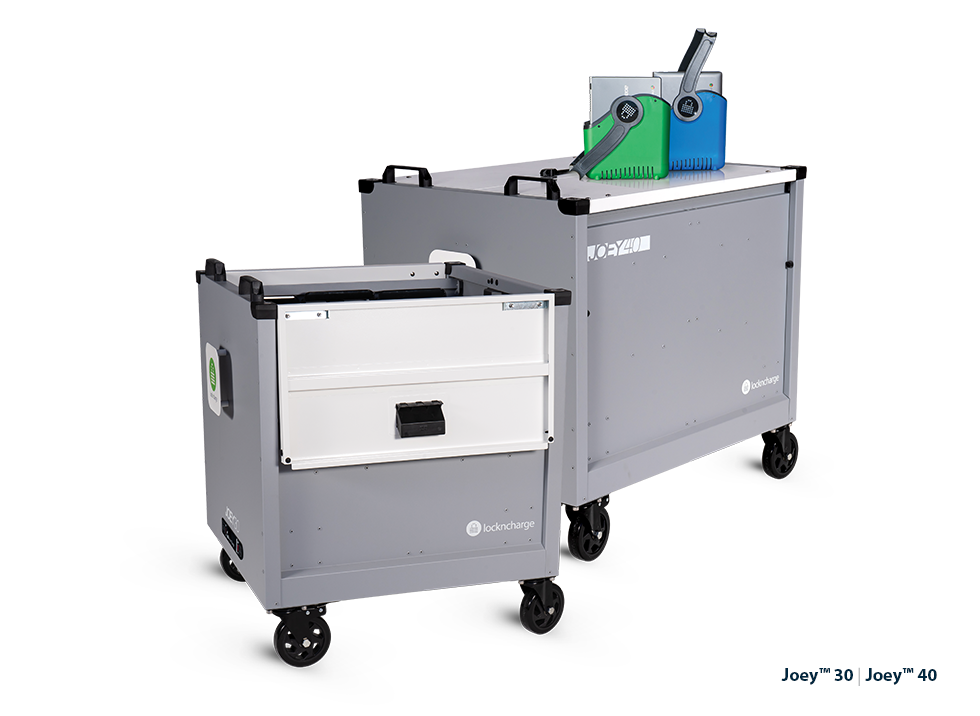
Joey™ Charging Carts
High-value, top-loading cart with baskets and racks. Pre-wired optional.
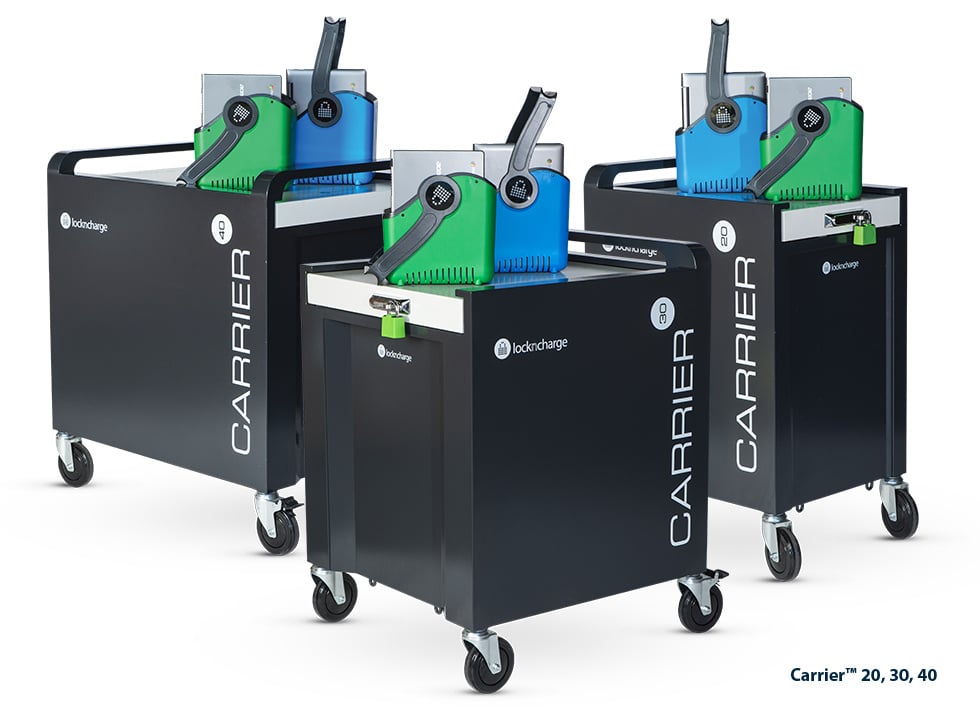
Carrier™ Charging Carts
Ultra-durable, top-loading cart with baskets or racks. Pre-wired optional.
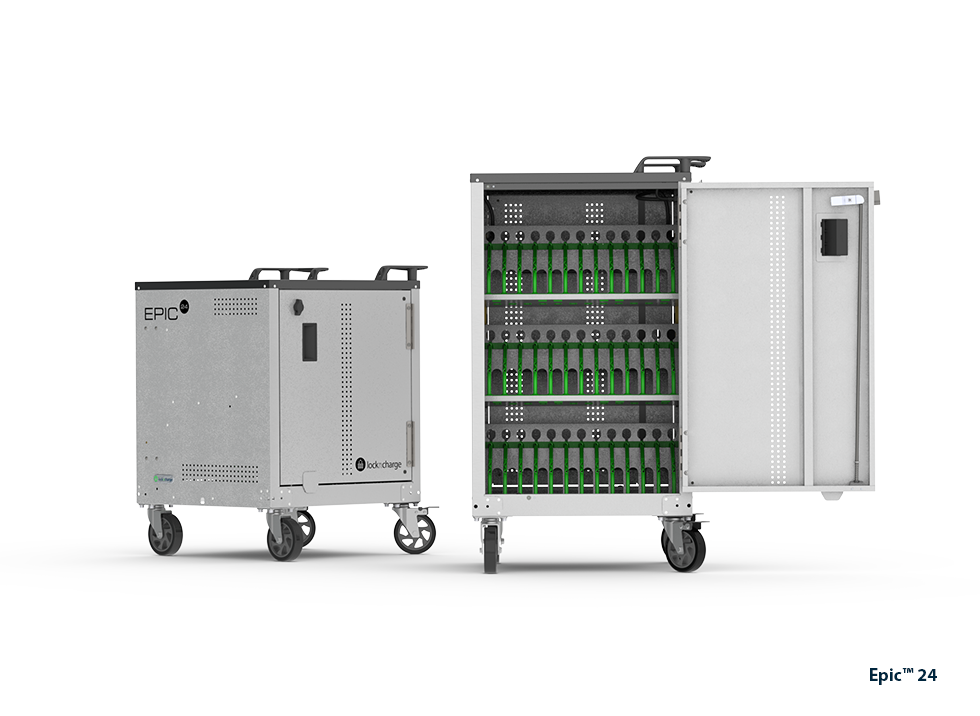
EPIC™ Charging Carts
Affordable, front-loading cart with dividers. Pre-wired optional.
Charging Stations for Education
Charge, store, and secure 5-32 mobile devices.
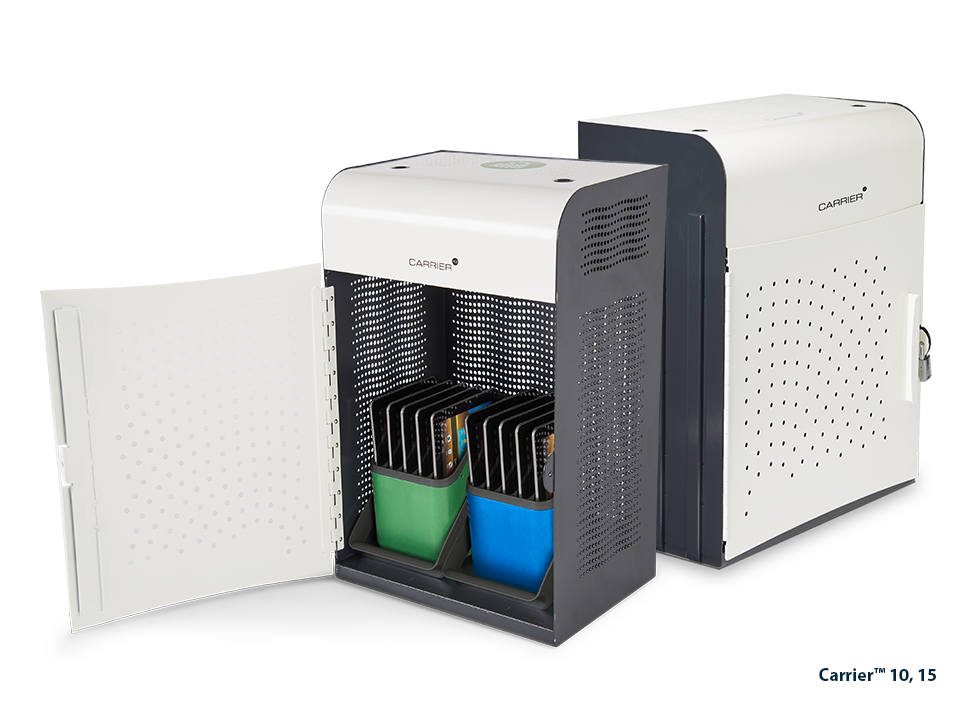
Carrier™ Charging Stations
Flexible, compact station with baskets and racks. Pre-wired optional.
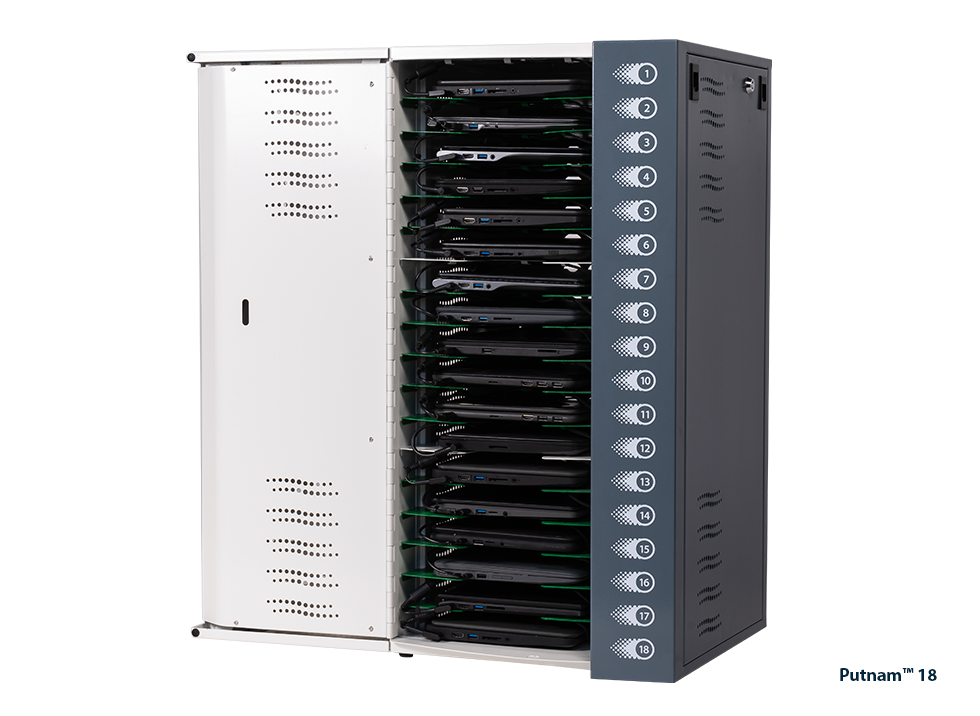
Putnam™ 18 Charging Station
Small footprint station with shelves. Pre-wired optional.
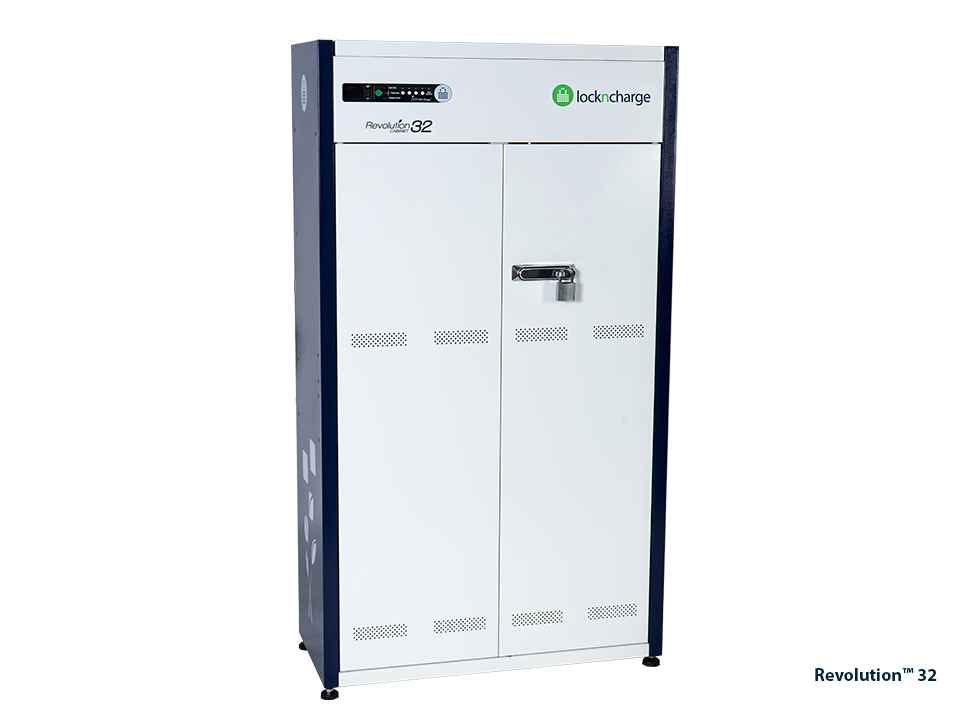
Revolution™ 32 Charging Cabinet
High-capacity, small-footprint station with racks. Pre-wired optional.
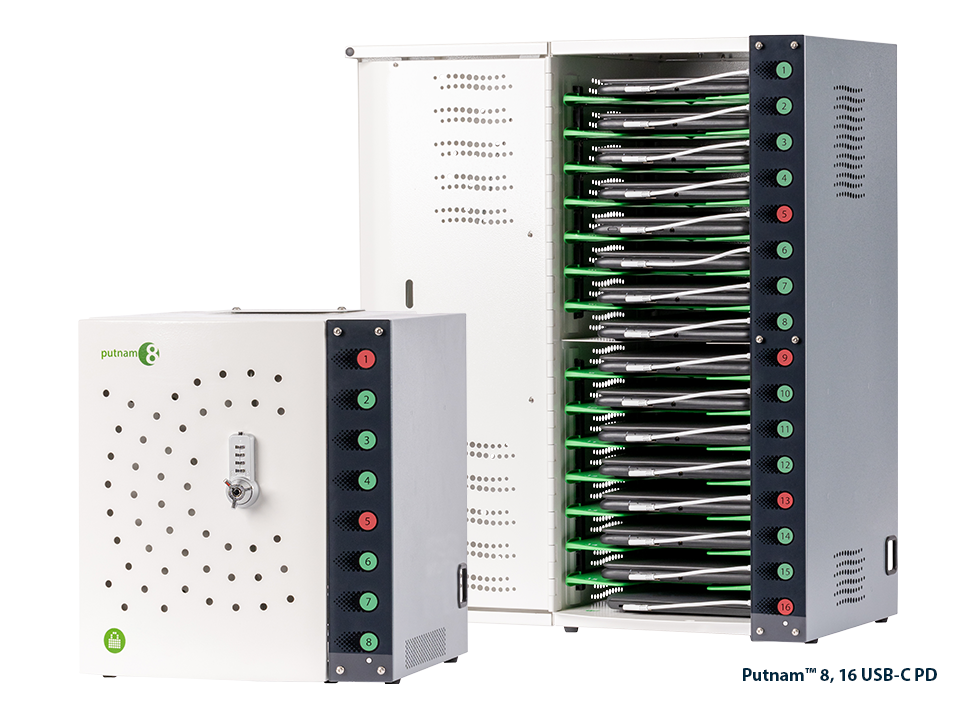
Putnam™ USB-C PD Charging Stations
Fast-charging, compact station with charging status lights. Pre-wired standard.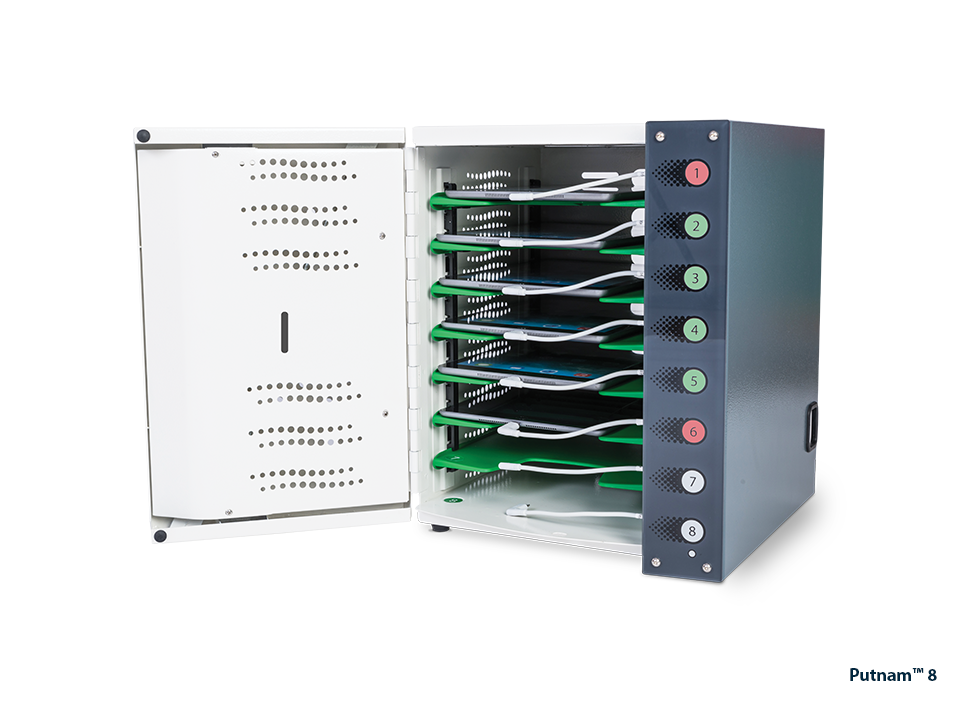
Putnam™ Charging Station
Compact station with charging status lights. Pre-wired standard.
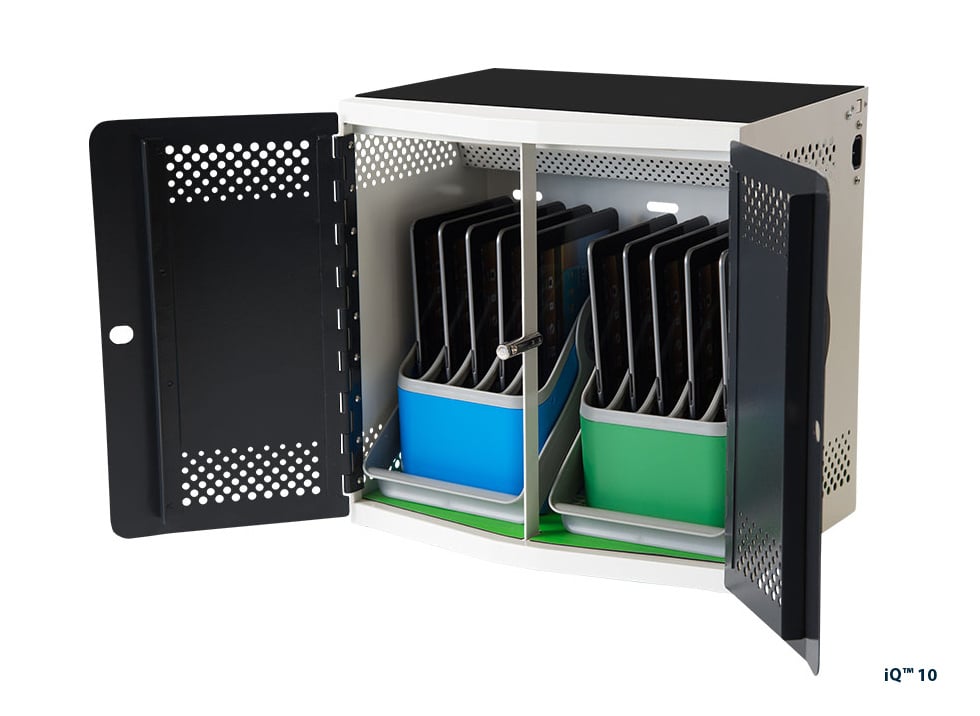
iQ™ 10 USB-C PD Charging Station
Fast-charging, compact station with baskets and racks. Pre-wired optional.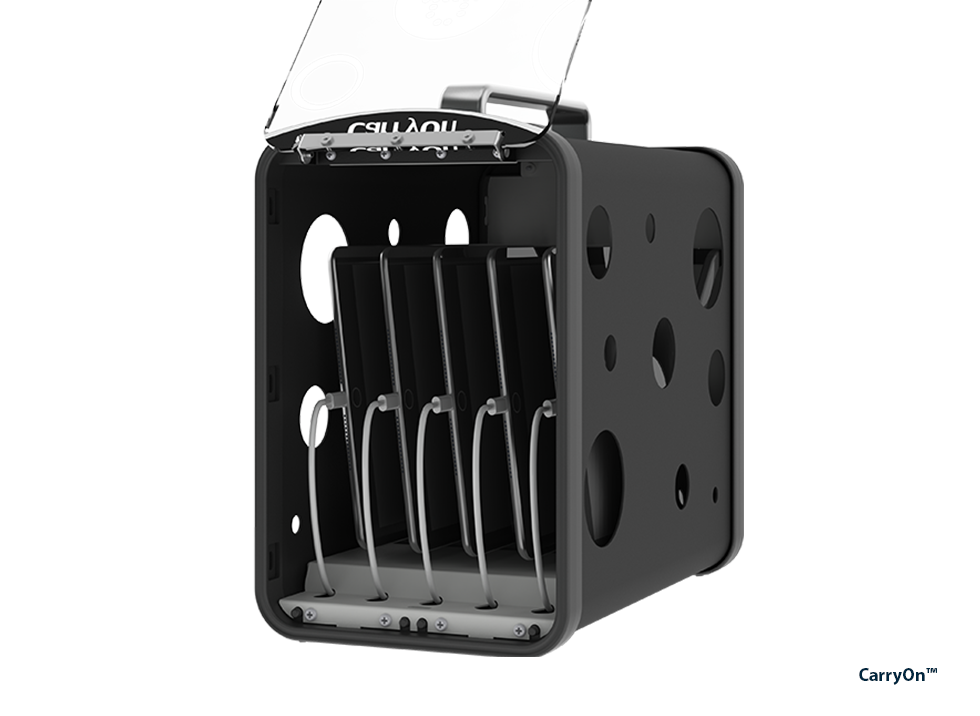
CarryOn™ USB-C PD Charging Station
Fast-charging, compact mobile station with dividers.Book time with a LocknCharge sales representative.
Simply complete the form to get the most accurate information for your project. During the meeting, your Account Executive will:
✓ Understand your project.
✓ Recommend the best solution.
✓ Provide next steps for a product demonstration and assist with a quote.
Customer Stories
Hear the real-world experiences of our customers as they reflect on the impact our unique solutions have on improving efficiency for their organization.
Tech team spends 80% less time managing forgotten, uncharged, and missing Chromebooks with FUYL™.
The students were frequently forgetting to bring or to charge their devices, prompting the need for a more efficient solution.
“... the time savings, the accountability, and the overall ease of use of the program... It’s just so much easier.”
Kevin Welsh
Director of Data & Technology, Brasher Falls Central School District
Maritime Academy Charter School Achieves Help Desk Efficiency with Smart Lockers and Incident IQ.
“The FUYL Smart Locker System makes getting loaner devices completely self-service for the teachers and the students.”
James Elnicki
Network Engineer, Maritime Academy Charter School
City View ISD solves Chromebook chaos by charging, storing, and organizing their devices in the Joey 30 Charging Cart by LocknCharge.
“There are no issues with charging, no issues with clutter; it's the perfect product for us.”
Brady Dalton
Director of Technology, City View ISD
